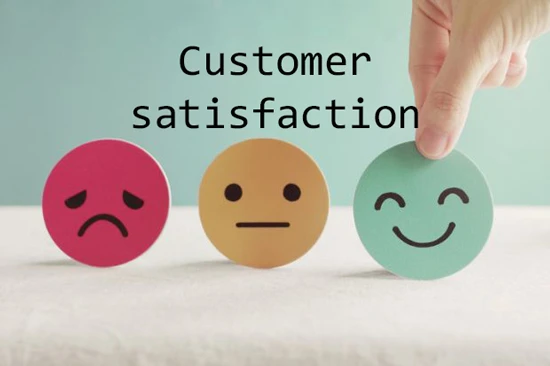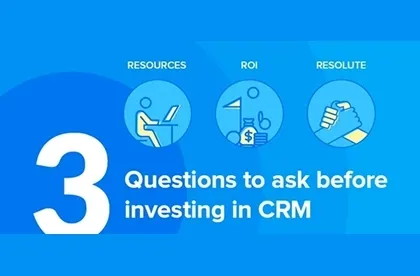Social CRM integrates social media channels into a Customer Relationship Management (CRM) system or software. CRM software increasingly leverages social media alongside traditional channels, enabling customers to connect with businesses through their preferred methods. This translates to better service and enhanced marketing insights derived from customer social network data.
Why Businesses Need Social CRM
Social CRM allows businesses to connect with customers using their chosen channels – phone, text, chat, email, or social media (e.g., Facebook or Twitter). Underlying these interactions, social CRM software helps businesses gain deeper insights into customer sentiment towards their company, brand, and specific products or services.
The best CRM software dynamically utilizes this customer information, disseminating it across various teams including customer service, marketing, and sales.
Using Social CRM for Customer Service
Companies use social CRM to optimize customer service levels and the multi-channel customer experience. Social CRM can help businesses deliver seamless, customer-centric service.
Today's consumers expect excellent service from a business regardless of their chosen communication channel.
Customer Expectations are Rising
Consumers expect to easily switch communication channels, and in return, receive prompt, personalized responses from the business. Ideally, the business remembers them, so they don't have to re-introduce themselves with each interaction.
This is particularly crucial as customers increasingly use social networks as the easiest way to express their needs. Many companies glean customer feedback from Twitter.
With social CRM, when a customer chooses to interact with a business via a social channel, that interaction can be tracked and managed with greater detail than a traditional CRM software can follow a phone call or email.
Benefits of Social CRM for Customer Service Businesses
Businesses can act faster, respond better, and even anticipate future customer needs. By actively monitoring customer interactions and requests on social media, companies can make faster, more informed customer service decisions, leading to happier customers.
Social interactions shift the focus from one-to-many to one-to-one, meaning how you interact with one person can directly impact your brand's overall reputation.
A customer service representative interacting directly with a customer on Facebook or Instagram has a broad public impact. Customers readily share their service experiences with others.
Using Social CRM in Marketing
Social CRM helps businesses turn customer engagement into a two-way street. Instead of a passive audience, customers become participants in a brand's story, and in turn, they can see the value of a brand as a customer.
A marketing team might produce great content – blogs, Facebook posts, YouTube videos, Instagram accounts, and engaging tweets – but that's only one side of the conversation. Social CRM can help businesses identify and reward brand advocates and influencers, encouraging them to champion the brand.
In one survey, 89% of respondents said social media increased their brand visibility, while nearly half reported that spending six hours a week on social media reduced their overall marketing costs.
Using Social CRM in Sales Management
Tracking customers through the sales funnel is achievable using social CRM. Sales teams can create personalized experiences for their users instead of a traditional CRM approach.
Beyond personalization, sales teams can boost sales using positive customer testimonials and reviews found on social media. In a Salesforce customer survey, 55% reported increased customer loyalty and 54% reported increased sales revenue.
What are the Benefits of Social CRM?
For marketing, sales, and customer service units, social CRM can help turn potential customers into loyal customers and brand ambassadors.
Key benefits of Social CRM:
1. Provide customer support on their preferred social networks
2. Engage with customers in real-time
3. Quickly monitor and resolve issues by monitoring social networks
4. Identify and reward brand advocates and customer helpers
5. Increase brand visibility where your audience spends their time
6. Increase engagement and build deeper customer relationships




